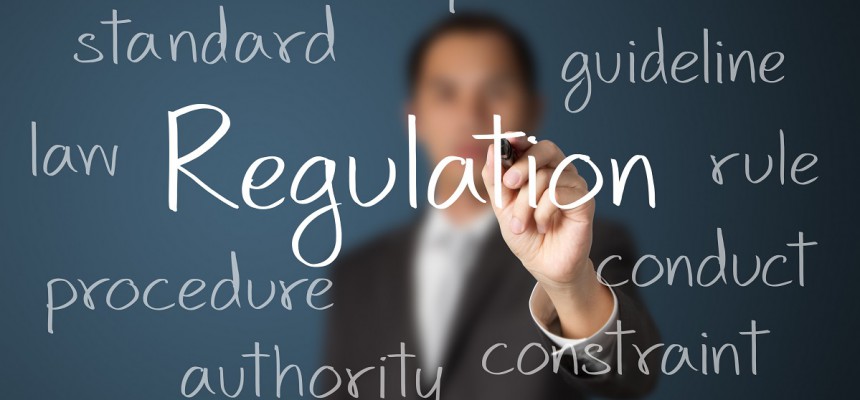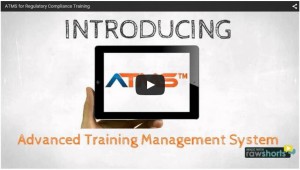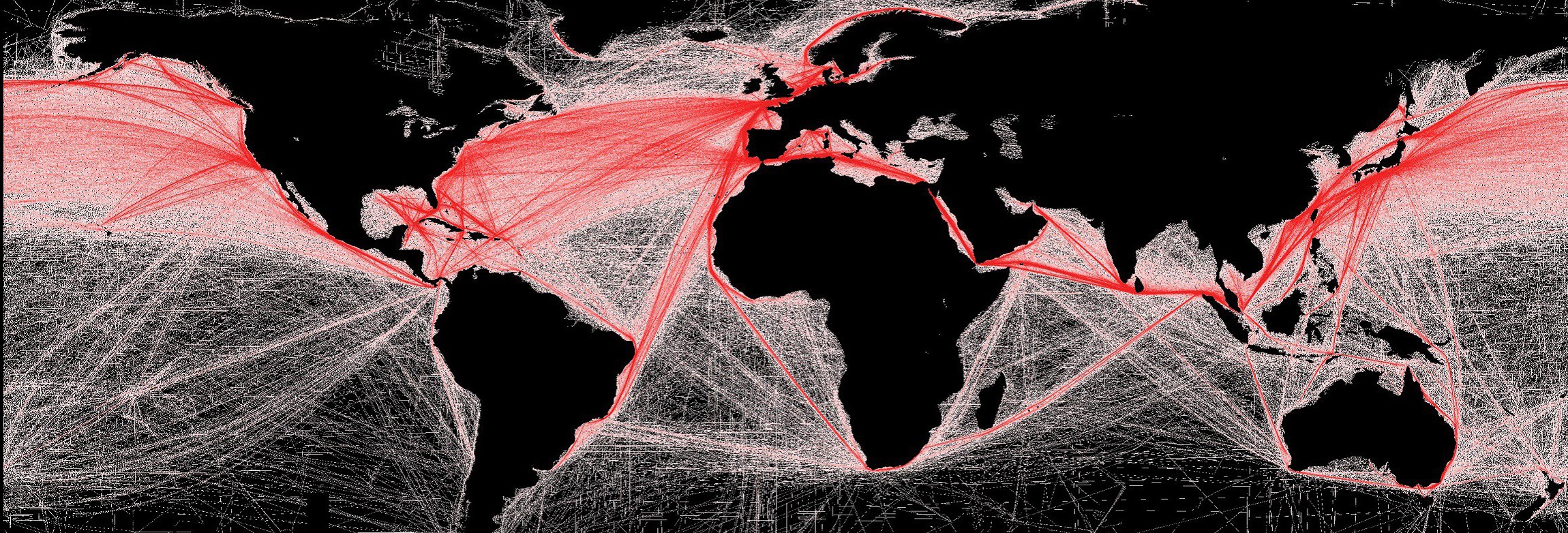How to Comply with Federal Hazardous Materials Regulations
- By -
- Airports, Dangerous Goods, Hazardous Materials, Regulatory Compliance
- 49 CFR, 49 CFR 385.400, Federal motor car hazmat violations, Federal Motor Carrier Safety Regulations, FMCSA, GENERAL DOT HAZARDOUS MATERIALS REGULATORY REQUIREMENTS, Hazardous Materials Regulations, hazmat regulations, penalties for hazmat violations
This document provides a general overview of the requirements for transporting hazardous materials by highway according to the FMCSA (Federal Motor Car Safety Administration). To obtain more specific requirements, carriers and shippers should consult the most current edition of 49 CFR Parts 100-185. Motor carriers should also consult the Federal Motor Carrier Safety Regulations.
OVERVIEW
The Secretary of the Department of Transportation receives the authority to regulate the transportation of hazardous materials from the Hazardous Materials Transportation Act (HMTA), as amended and codified in 49 U.S.C. 5101 et seq. The Secretary is authorized to issue regulations to implement the requirements of 49 U.S.C. The Pipeline and Hazardous Materials Safety Administration (PHMSA) (formerly the Research and Special Provisions Administration (RSPA)) was delegated the responsibility to write the hazardous materials regulations, which are contained in 49 CFR Parts 100-180. In order to accomplish his responsibilities under the HMTA the Secretary “…may authorize any officer, employee, or agent to enter upon inspect, and examine, at reasonable times and in a reasonable manner, the records and properties of persons to the extent such records and properties relate to: (1) the manufacture, fabrication, marking, maintenance, reconditioning, repair, testing, or distribution of packages or containers for use by any “person” in the transportation of hazardous materials in commerce; or (2) the transportation or shipment by any “person” of hazardous materials in “commerce.”
The hazardous materials regulations have changed significantly over the last several years. These changes were first introduced in Docket HM-181 which provided for the harmonization of the United State’s hazardous materials regulations with international standards in order to facilitate foreign trade and maintain the competitiveness of U.S. goods.
The applicability of the hazardous materials regulations was extended to all intrastate shipments of hazardous materials by highway effective October 1, 1998, as published in the final rule, Docket HM-200 dated January 8, 1997. This final rule also provided exceptions for “materials of trade”, “agricultural operations” and certain non-specification packaging used in commerce.
Special agents of the Department of Transportation can not be denied reasonable access to those areas that fall within the official scope of their duties. The Secretary has delegated this authority to the Federal Aviation Administration (FAA), Federal Motor Carrier Safety Administration (FMCSA), Federal Railway Administration (FRA), Pipeline and Hazardous Materials Safety Administration (PHMSA), and the United States Coast Guard (USCG).
The Government Printing Office has made the Federal Register and 49 CFR available on the Internet. The Web site for the Federal Register is http://www.gpoaccess.gov/fr/index.html. The Web site address for 49 CFR ishttp://www.gpoaccess.gov/cfr/index.html. Clarifications of the requirements contained in the Federal Hazardous Materials Regulations and the Motor Carrier Safety Regulations may be found at http://www.fmcsa.dot.gov/rulesregs/fmcsrhome.htm.
APPLICABILITY
The hazardous materials regulations are applicable to the transportation of hazardous materials in commerce and their offering to:
- Interstate, intrastate, and foreign carriers by rail car, aircraft, motor vehicle and vessel.
- The representation that a hazardous material is present in a package, container, rail car, aircraft, motor vehicle or vessel.
- The manufacture, fabrication, marking, maintenance, reconditioning, repairing or testing of a package or container which is represented, marked, certified or sold for use in the transportation of hazardous materials (49 CFR 171.1(a))
GENERAL DOT HAZARDOUS MATERIALS REGULATORY REQUIREMENTS
“No person may offer or accept a hazardous material for transportation in commerce unless that person is registered in conformance with subpart G of Part 107 of this chapter, if applicable, and the hazardous material is properly classed, described, packaged, marked, labeled, and in condition for shipment as required or authorized…”(49 CFR 171.2(a))
Underlined in the preceding extract from the Hazardous Materials Regulations are three important terms; “person,” “offeror” and “commerce” (See Appendix A Definitions). The word shipper is frequently used by industry in place of the word “offeror.” For the purpose of this document only, the term shipper and “offeror” are used interchangeably. These three words are important in that they define when you are subject to the jurisdiction of the Department of Transportation. Additionally, you may be subject to the requirements of other Federal and/or State Laws.
FEDERAL GOVERNMENT AND GOVERNMENT CONTRACTORS
Most Federal Agencies including the Department of Defense are considered “offerors” when they ship hazardous materials by commercial carriers. In those rare instances where governmental agencies transport hazardous materials in commerce on government vehicles/aircraft, the agency is also considered a carrier. Contractors are fully subject to the requirements of the Federal hazardous materials transportation law.
The Uniformed Services of the United States generally are not subject to the commerce clause of the Constitution. Therefore, military shipments, transported on military vehicles or aircraft are not subject to Federal jurisdiction. However, many states require military movements by highway to conform to 49 CFR or compatible state regulations. DOD and Service Regulations also require compliance with 49 CFR Parts 100-180. When in peacetime, the military services procure commercial transportation, (offering into commerce), the military is engaged in commerce and required to comply with 49 CFR
HM (HAZARDOUS MATERIALS) REGISTRATION
“Persons” who offer for transportation, or transport in foreign, interstate or intrastate commerce: (a) any highway route controlled quantity of a Class 7 (radioactive) material; (b) more than 25 kg (55 lbs.) of a Division 1.1, 1.2, or 1.3 (explosive) material in a motor vehicle, rail car or freight container; (c) more than 1 L per package of a material extremely poisonous by inhalation; (d) a hazardous material in a bulk packaging having a capacity of 3,500 gals. for liquids or gases, or more than 468 cubic feet for solids; (e) a shipment in other than bulk packaging of 5,000 lbs. gross weight or more of one class of hazardous material for which the transport vehicle requires placarding; (f) any quantity of materials requiring placarding. The following are excepted from the registration requirement:
- An agency of the Federal Government
- A State Agency
- An agency or political subdivision of a State
- An employee of (1)-(3)
- A hazmat employee (including an owner operator of a motor vehicle leased to a registered motor carrier for 30 days or more).
- A person domiciled outside the United States who offers HM solely from outside the United States. (See 49 CFR 107.606(a)(6) for exceptions and reciprocity.)
- Registration is required annually and includes a fee. For additional information on the registration requirement, you may call 1-800-467-4922 or (202) 366-4109.
HM PERMITTING – 49 CFR 385.400
After January 1, 2005, the Federal Motor Carrier Safety Administration (FMCSA) requires motor carriers to obtain a Hazardous Materials Safety Permit (HMSP) prior to transporting certain highly hazardous materials. An HMSP is required to transport any of the following materials:
- A highway route-controlled quantity of a Class 7 (radioactive) material;
- More than 25 kg (55 pounds) of a Division 1.1, 1.2, or 1.3 (explosive) material or an amount of a Division 1.5 (explosive) material requiring placarding under 49 CFR 172;
- More than one liter (1.08 quarts) per package of a “material poisonous by inhalation,” that meets the criteria for “hazard zone A”;
- A “material poisonous by inhalation,” that meets the criteria for “hazard zone B,” in a bulk packaging (capacity greater than 460 L (119 gallons));
- A “material poisonous by inhalation,” that meets the criteria for “hazard zone C,” or “hazard zone D,” in a packaging having a capacity equal to or greater than 13,248 L (3,500 gallons); or
- A shipment of compressed or refrigerated liquefied methane or liquefied natural gas, or other liquefied gas with a methane content of at least 85 percent, in a bulk packaging having a capacity equal to or greater than 13,248 L (3,500 gallons).
Motor carriers will be required to apply for a HMSP the next time they are scheduled to file the MCS-150 form after January 1, 2005. All motor carriers, including interstate, intrastate and foreign carriers must comply with this regulation. For more information you may call 202-366-6121.
ENFORCEMENT
The Modal Agencies have established their own programs to prioritize their inspection activities of transporters of hazardous materials. Pipeline and Hazardous Materials Safety Administration, in addition to the Modal Agencies have selection criteria for shippers; “offerors”, that are similar i.e. (1) Investigation of known shipper violations discovered during carrier audits, (2) Non-frivolous written complaints alleging violations of the Federal Hazardous Materials Regulations, (3) NRC and DOT 5800.1, spill and hazmat incident reports, (4) Referrals from other governmental agencies and special investigations targeting high risk hazardous materials such as explosives and certain radioactive materials. In almost all instances these shipper inspections are unannounced.
In the event that inspection of your hazardous materials operations discloses violations of the hazardous materials regulations, you may be subject to civil and/or criminal penalties.
PENALTIES PER VIOLATION 107.329
| CIVIL | MAXIMUM | $75,000.00** |
|---|---|---|
| CRIMINAL* | INDIVIDUAL | $250,000.00 |
| CORPORATION | $500,000.00 |
* $450.00 if related to Training
** $175,000.00 if violation resulted in death, serious illness or severe injury to any person or substantial property damage
– See more at: http://www.fmcsa.dot.gov/regulations/hazardous-materials/how-comply-federal-hazardous-materials-regulations#sthash.sHIMIz3D.dpuf
HOW TO AVOID REGULATORY FINES
















